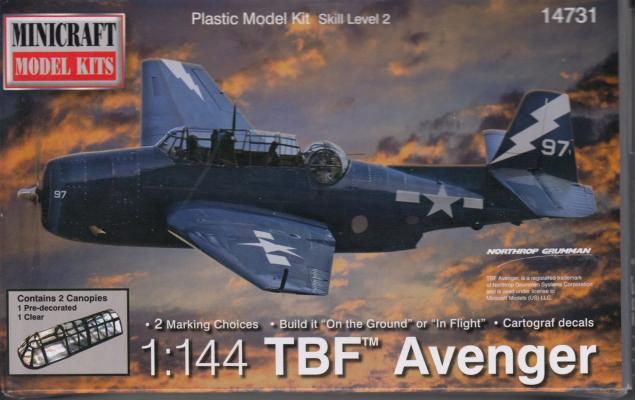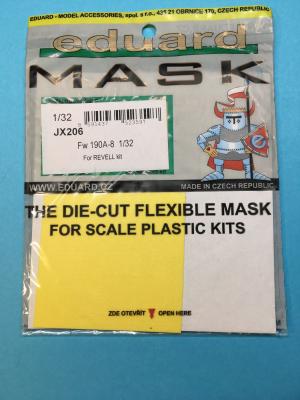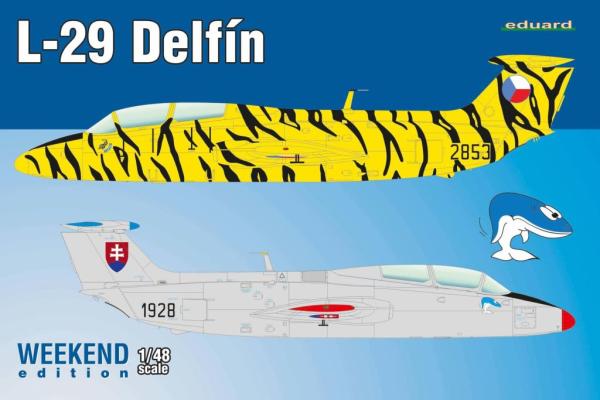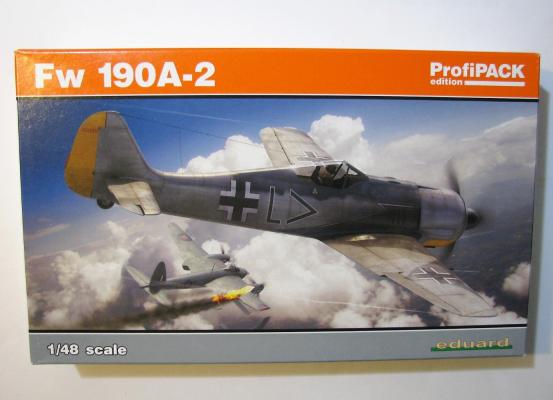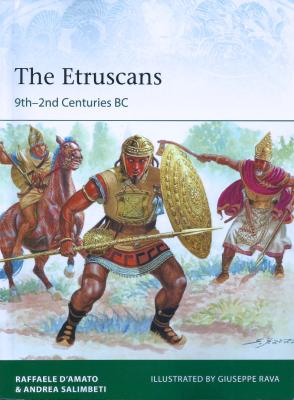The Aircraft
The Grumman Avenger (TBF) was first used at the Battle of Midway. It was a carrier based torpedo bomber, but was also used as a light bomber, carrying one 2,000 pound bomb or 4x 500 pound bombs. The Avenger was the heaviest US single engine aircraft of WW 2, weighing in at 400 pounds more than the P-47.
In 1943 Grumman began phasing out Avenger production in favor of Hellcats. Production was taken over by Eastern Aircraft, a division of General Motors. The designation for these aircraft was TBM. There were 4,600 TBMs produced, but most of the aircraft used in WW2 were TBFs.
In June of 1943, George HW Bush, the future president of the US was shot down over Chichi Jima, parachuting from the TBF and landing in the Pacific Ocean. He was rescued by the submarine Finback, and later received the Distinguished Flying Cross.
Avengers were also part of the operations which sank the Japanese battleships Musashi and Yamato.











